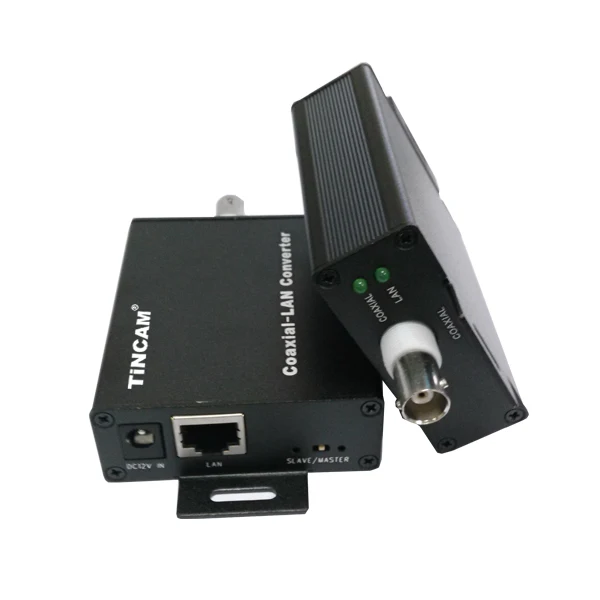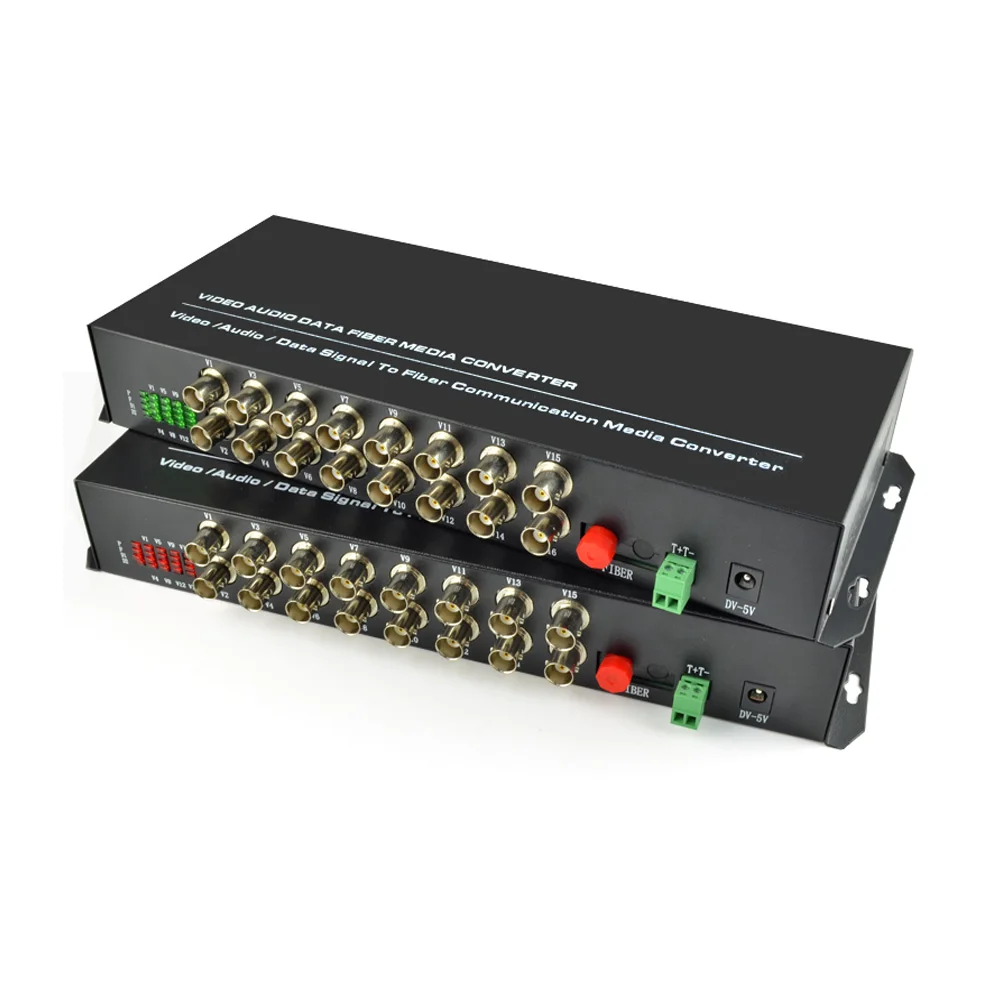

Thus, the output voltage of the comparator will change the output value of the successive register. This is the threshold voltage to which the input voltage will be compared.
Cctv analog to digital converter code#
So the output voltage of the DAC corresponding to the stated digital code and reference voltage of 16 turns out to be Vout = – Vref As the register is followed by the DAC, the input to the DAC is 1000. Whenever the new transformation begins, the successive approximation register sets the most significant bit to 1 and all others to zero. We take the comparator reference voltage as16 Volts. To grasp the concept, consider a 4-bit ADC with a sampling rate i.e Vin to be 11.2 Volts.


4-bit Successive Approximation ADC Example The schematic is shown below:Īt the point when the new conversion begins, the sample and hold circuit samples the input voltage and then this sampled signal is compared with the output signal of the digital to analog converter. The ADC comprises a comparator, digital to analog converter, register, and a control circuit. It is the most frequently used ADC technique for general applications. Successive Approximation ADC Introduction Though ADC is implemented using various techniques these days, this article will focus on the Successive Approximation method. For a 4-bit ADC, the resolution will be 16. The higher the resolution, the more accurate are the resultant signals. The resolution of an ADC is based on the number of bits which tell us about the number of levels an ADC can produce and quantize the input analog signal. This introduces an error and known as quantization error. Any voltage greater than 1 volt will change the ADC output voltage. It depicts that any input voltage less than 1 volt will be considered as zero. The formula for the quantization error is Quantization Error = Vref/2Nįor example, let say the reference voltage is 16 volts and the number of bits is 4 then quantization error is Quantization Error = 16/2^4 It is the difference between the assigned value and the closest available digital value at each sampling point. The samples are then assigned finite levels by a process called quantization and followed by the encoding of the signal into binary format. This avoids the aliasing or overlapping of the signals to retain all the information and avoid data distortion or loss. The input signal is sampled at the Nyquist rate which says that the sampling frequency should be twice the interested signal’s frequency. The precision of an ADC is determined through two key elements i.e, sampling rate that is based on the Nyquist theorem and Bit resolution that shows how accurate the output signal is. The ADC is a device to convert the analog sine waves to binary digitals for data acquisition.


 0 kommentar(er)
0 kommentar(er)
